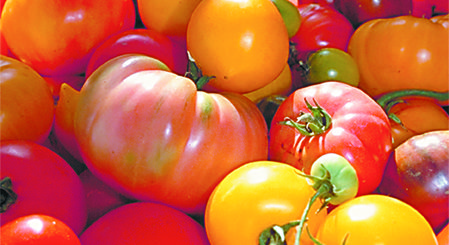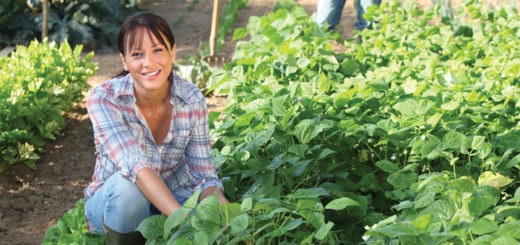Teaching Kids Gardening
A Fun, Healthy, Green and Nutritious Activity
By Noel Smith
- Give them a vision! Make it fun and exciting through planning. Take them to the produce section of the market and show them what the end product will look like. Have them help you find the perfect spot for the garden taking into consideration shade and light throughout the day. Have them help determine when would be the best time to plant, such as early or late spring or even early summer. Then, when you get the seeds or baby plants, remind them what the results of their labor and attention will be at harvest time. Whenever gardening, make it a fun, joint project to keep your children’s interest while building a healthy relationship with the budding gardener.
- Give them the right gardening tools. Part of the fun for kids is having their own gardening tools and gloves that are made in their size, in wonderful colors. These will encourage kids to stick with it. Show children how to clean and put away tools after use. Make this easy and fun – a bit of splashing about can be a fun part of the cleaning chores.
- Choose easy to grow plants. While it’s important to involve your children in choosing the plants, make sure they are as trouble-free as possible, especially for beginning gardeners. Also choose a few plants that your children can pick and take straight to the table from the garden. Some
 good starter choices include: Radishes, Tomatoes (from seedlings), Squash (Zucchini, Spaghetti, Acorn and the ever impressive Pumpkin), Peas, Beans, Strawberries, and Lettuce. Also try some flowers such as Sunflowers, Sweet peas, Poppies, and Pansies.
good starter choices include: Radishes, Tomatoes (from seedlings), Squash (Zucchini, Spaghetti, Acorn and the ever impressive Pumpkin), Peas, Beans, Strawberries, and Lettuce. Also try some flowers such as Sunflowers, Sweet peas, Poppies, and Pansies. - Do the hard work for them (at first) – tilling the soil and fertilizing – they can learn about that later. Show your children the basics of planting seeds and seedlings in the ground. Give them the joy of planting, and wait with them for their plants to sprout. Then share with them the excitement when their plants first show themselves above ground. Next, show them how important it is to water, weed and wait for the harvest to begin.
- Show how to grow plants from cuttings. This will amaze them to see how you can take a cutting and get a new plant. Try plants that are easy to start such as succulents, begonias, pelargoniums and bromeliads.
- Show how to compost. Use kitchen scraps to demonstrate how to turn waste to fertile soil over time. Get a worm farm. Show them how it works, how to feed the worms and how to handle them.
- Make things for the garden. Recycle, repurpose and remake things that can serve as decorations or tools in the garden. Her are some possibilities: Making herb or plant markers from Ice cream sticks • Paint a planter or flowerpot with bright colors and designs • Make a scarecrow or bird frightener using old CDs, aluminum foil or old costume jewelry, clothing, etc. • Make a hanging decoration from bits of wood or shells using thread or fishing line
- Use the digital age in your gardening. Kids love computers and electronic gadgets. Download a suitable gardening app or two for them to use and help them do online research about their garden and its plants. Use gardening calendars for your planning. If you use social media, encourage the exchange of knowledge and share their achievements in the garden.
- Make gardening a life-learning experience. One of the lessons it teaches children is that there is a season for everything and that it all cycles again. Learning this can be highly beneficial, especially for children in a society prone to spending a lot of time indoors and in cars going to other indoor places.
- Don’t forget to be a mentor to the young. Children all too soon grow up and out of reach. Gardening can teach many meaningful life lessons to them at an early age such as: patience, persistence, a better understanding of the natural world around them, an appreciation for how food is produced and the value of a healthy diet… and that you really could teach them something worthwhile!







